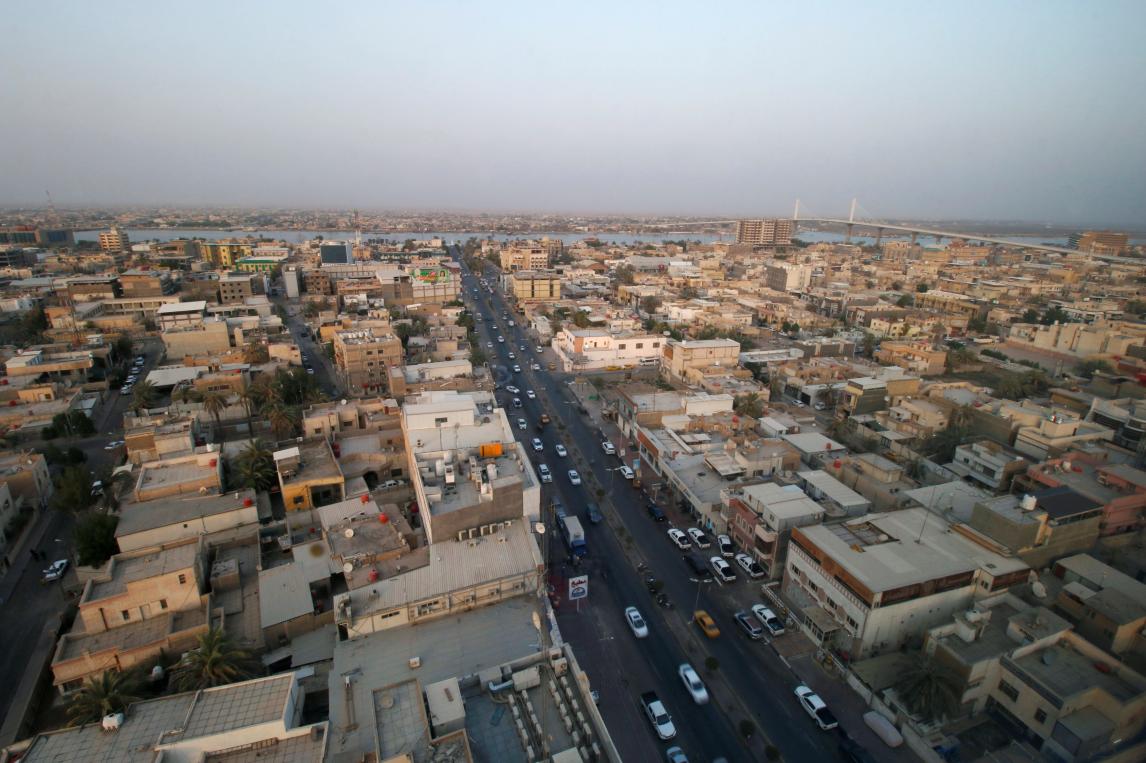
The Finance Ministry's recent proposal to rent out the country’s key monuments, including the pyramids in Giza, to fund the current deficit in state budget has outraged archaeologists, cultural activists and the Ministry of State of Antiquities.
Adel Abdel Sattar, the secretary general of the Supreme Council of Antiquities, said in an interview on Wednesday with the privately owned ONTV channel that he often gets proposals for overseas exhibits, where selected objects are loaned under specific guidelines. “But is it possible that we rent our monuments? … This is our heritage, our roots.”
He explained that earlier this month he received a request from the Finance Ministry to study a proposal to rent out monuments, such as the Giza pyramids, the Sphinx, the Abu Simbel Temple and the temples of Luxor, to international tourism companies as part of a usufruct arrangement from three to five years. The request stated that this could generate up to US$200 billion in revenue for the state.
The proposal letter, which Egypt Independent obtained a copy of, verifies that the religious website “Al-Ketab al-Mounir” (The Enlightened Book) emailed the Finance Ministry the proposition made by one of its intellectuals named Abdallah Mahfouz as a “quick solution to the current financial crisis our beloved Egypt is undergoing.”
The proposal did not indicate a specific country or company behind the offer, and mentioned no details of what the usufruct agreement might entail, apart from specifying the heritage sites and monuments of interest and the lucrative amount of US$200 billion.
Despite his objection to the proposal, Abdel Sattar opted to get official legal consultancy from the Ministry of State of Antiquities. Based on that, he called for a meeting with the council’s board. The legal advice from the ministry suggested that heritage sites are owned by the state, and profits from them are public funds that may not be exploited through a usufruct arrangement.
The board unanimously refused the offer and sent their response to the Finance Ministry on 26 February.
Egyptian archaeologist and researcher Monica Hanna sees the proposal as a litmus test to see to what ends the state might go given the dire economic situation. It also shows how the Finance Ministry is unable to assess the viability of projects, or even determine the legality of such projects, as in this case, she adds.
The cultural tourism industry has huge potential. Abdel Sattar said that the economy can rely on tourism if political stability and security are restored, and if more work is done on promoting the sector. He even suggested that Egypt is capable of attracting most cultural tourists worldwide.
On this front, he has been trying to send out a “positive” and comforting message to the world by keeping the Egyptian Museum in Cairo open every Friday despite the protests and clashes that have interspersed the downtown area for the past months. He also believes that much can be done to promote heritage sites, and that it is possible to work with private companies and experts to help with specific consultancies and services.
Hanna agrees that specialized knowledge could be used to improve services that the state is not currently leveraging, like promotions, publications and proper site maintenance. “But, the ownership and management of heritage sites and objects should remain in the hands of the state,” she explains. “We should neither rent nor usufruct them.”
Here, she cites the experience of the Italian automobile company Fiat with the Egyptian Museum in Turin, Italy. “It owns the building and provides marketing and advertising services,” explains Hanna. And in return, the company gets a percentage of the generated revenue, “but it does not own or manage the collection.”
To apply something similar in Egypt, security needs to be restored and there should be strict auditing guidelines to make sure the objects and sites are safe, she says.
Even with traveling exhibitions, which are commonplace for the Supreme Council of Antiquities — Abdel Sattar mentioned that the most recent King Tut touring exhibit brought in US$7 million in revenue every year that it toured — Hanna sees risks. She explains that sometimes objects are mishandled in the hosting country. They can get scratched, broken or even replaced with a replica, and “we do not have an authentic system to detect fraud if that happens,” she adds.
For her, in addition to traveling exhibits and conventional promotional efforts, much potential lies in revising the current cultural tourism map in Egypt. “We currently focus on very specific monuments for which tourists have to stand in long queues and be shipped in and out of the sites quickly,” she says. “So, we risk losing many quality tourists.”
Her proposition involves expanding the map to include less-trodden areas, such as the Upper Egyptian governorates of Minya and Assiut, as well as Serabit al-Khadem in South Sinai that have very interesting monuments and sites. This would help bring in tourists to less developed areas in Egypt, allowing for the growth of local businesses and services. It would also challenge the existing perception of Egypt having nothing else but the much-famed Giza pyramids, by allowing more interaction between visiting tourists and local communities.
“It would challenge the image of the ‘other’ that both tourists and locals have,” she says.




